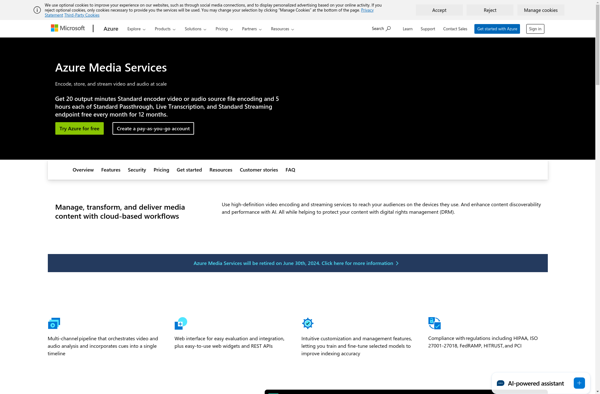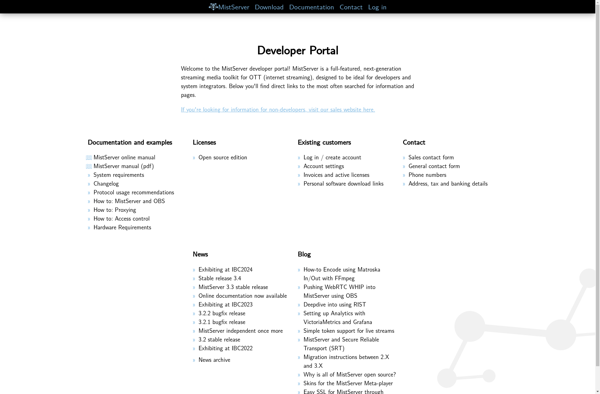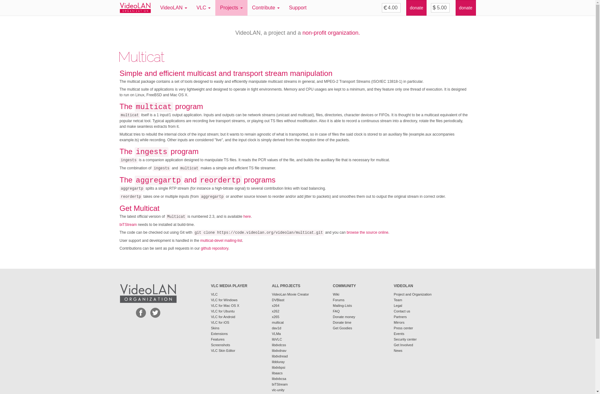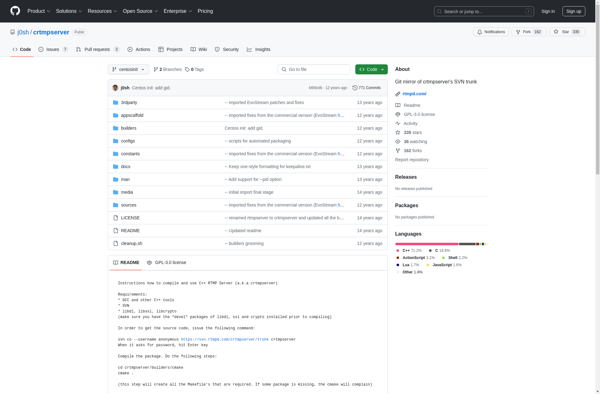Smooth Streaming

Smooth Streaming: High-Quality Internet Media Streaming
Discover Smooth Streaming technology for seamless media consumption over the internet, featuring adaptive bitrate streaming and high-quality playback.
What is Smooth Streaming?
Smooth Streaming is an adaptive bitrate streaming technology developed by Microsoft in the late 2000s to enable high quality streaming of media content over varying network conditions. It works by encoding the source video at different bitrates, dividing it into fragments of equal duration (typically 2 to 4 seconds), and generating manifest files that contain links to the different fragments.
During playback, the Smooth Streaming client analyses current network throughput and CPU capacity in real time, and seamlessly switches between streaming the different fragments to maintain continuous playback without buffering or interruptions. Higher quality fragments are selected when available bandwidth allows, or lower quality fragments when bandwidth is constrained or inconsistent.
A key benefit of Smooth Streaming is that it enables the optimal viewing experience for each user based on their unique device capabilities, bandwidth availability and changing network conditions. It also saves storage and distribution costs through its single mezzanine file approach instead of storing multiple copies of a file at different resolutions or bitrates.
Smooth Streaming competes with other adaptive streaming protocols like HLS and MPEG-DASH. It requires Microsoft servers and custom clients for deployment, limiting wider industry adoption compared to standardized solutions. Overall it remains an efficient and robust enterprise streaming technology suitable for many business use cases.
Smooth Streaming Features
Features
- Adaptive bitrate streaming
- Dynamic fragmenting of content
- Support for live and on-demand streaming
- Integration with Microsoft Azure
- Wide device support
- DRM support
Pricing
- Free
- Custom Pricing
Pros
Cons
Reviews & Ratings
Login to ReviewThe Best Smooth Streaming Alternatives
Top Video & Movies and Media Streaming and other similar apps like Smooth Streaming
Here are some alternatives to Smooth Streaming:
Suggest an alternative ❐Nimble Streamer

MistServer

Multicat

Crtmpserver

Mammoth Server
